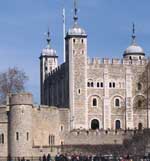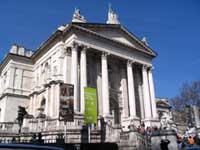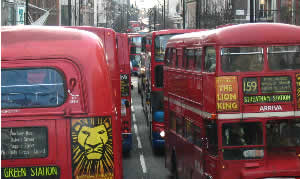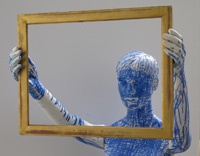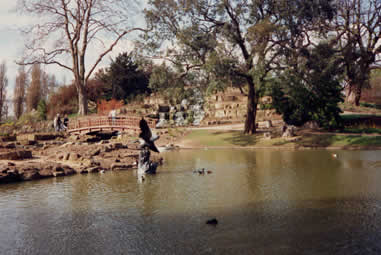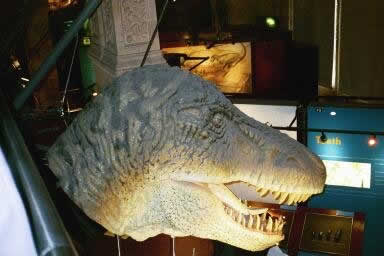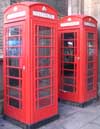Exposiciones actuales:
Michael Caine - The exhibition traces Sir Michael’s life from Cockney rebel, through to Hollywood legend and inspirational Londoner through a selection of never-before-exhibited photographs, iconic portraits by David Bailey and Terry O’Neill, and a selection of film and audio footage from some of his best-loved movies including Alfie, The Italian Job, Get Carter and Educating Rita. Until 14 July.
The Cheapside Hoard: London’s Lost Jewels - In 2013, the Museum of London will open a major new exhibition investigating the secrets of the Cheapside Hoard. This extraordinary and priceless cache of late 16th and early 17th century jewels and gemstones – displayed in its entirety for the first time in over a century – was discovered in 1912, buried in a cellar on Cheapside in the City of London. Through new research and state-of-the-art technology, the exhibition will showcase the wealth of insights the Hoard offers on Elizabethan and Jacobean London – as a centre of craftsmanship and conspicuous consumption, at the crossroads of the Old and New Worlds. It will also explore the mysteries that remain, lost among the cataclysmic events of the mid-17th century: who owned the Hoard, when and why was it hidden, and why was it never reclaimed? From 11 October 2013 until 27 April 2014.
Tudor and early Stuart London - London 1558 to 1666 - During the formative period from 1485 to 1666, London expanded beyond the bounds of the Roman city wall and, through the enterprise of trading companies, began its transformation into a truly world-class city. Rich displays of artefacts and documents enliven the key events of the period: the Dissolution of the Monasteries, the palace-building of Henry VIII, the Civil Wars and the execution of King Charles I. Permanent.
Roman London - It was the Romans who first built a city where London stands today, bridged the river Thames and constructed a road network to connect Londinium with the rest of the country. From around AD50 to AD410 – a period as long as that which separates Queen Elizabeth I from our present Queen – this was the largest city in Britannia. Londinium was pre-eminent as a port, and goods were imported from all over the known world. The galleries contain hundreds of craft tools, pottery and glass vessels. Reconstructed rooms and models show how people lived, worked and were entertained. The marble sculptures from the Temple of Mithras are among the finest works of art ever found in Roman Britain. Permanent.
Medieval London - Journey across more than a thousand years – from Anglo-Saxon settlement in the 5th century, through Viking raids and the Norman Conquest of 1066, to the splendour and bustle of England’s 16th-century capital, and the dramatic results of Henry VIII's Dissolution of the Monasteries. Find out about famous Londoners, such as Chaucer and Becket, about medieval crafts and guilds, merchants and overseas trade. Explore the world of the medieval pilgrim by admiring the intricate pewter badges brought back from Canterbury or Compostella. Permanent.
Roman gold - A hidden treasure - For the first time, a hoard of Roman gold coins has been discovered in London. At Plantation Place in the City of London, Museum of London archaeologists excavated 43 coins from a possible masonry-lined deposit box under the floor of a substantial Roman London residence. The coins were probably held in a textile or leather purse inside a small wooden box. The Romans introduced a currency system into Britain based on three metals: the aureus of gold, the denarius of silver and lower denominations of copper alloy. This valuable hoard consists solely of gold aurei, coins never in everyday circulation but used by administrators, bankers or rich merchants. Although it spans more than 100 years (from AD65-174), the hoard is thought to be a random selection of coins likely to represent the owner's savings, deposited in a safe place but never retrieved. Permanent.
London Before London - Almost 500 objects will reflect its role as source for food and cooking, an altar and the last resting place for the dead. Permanent. Please telephone 0207 600 3699 to learn more.
World City Galleries - Film footage, photography, oral history recordings and over 3,000 objects, from Queen Victoria`s parliamentary robes and Queen Mary`s dolls house to one of the earliest motorised taxis. Summoning up the atmosphere of the nineteenth century.



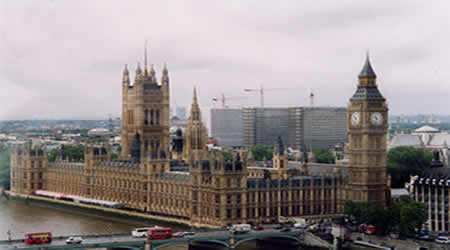
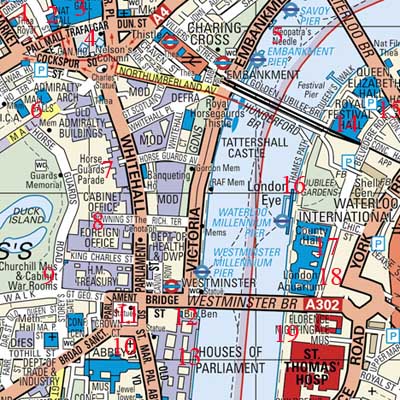

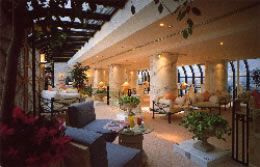
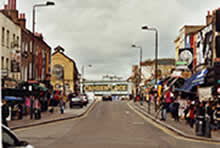
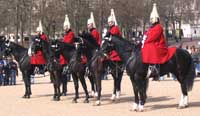
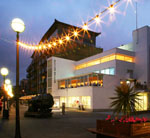
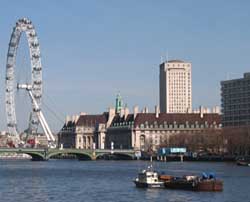
.jpg)
